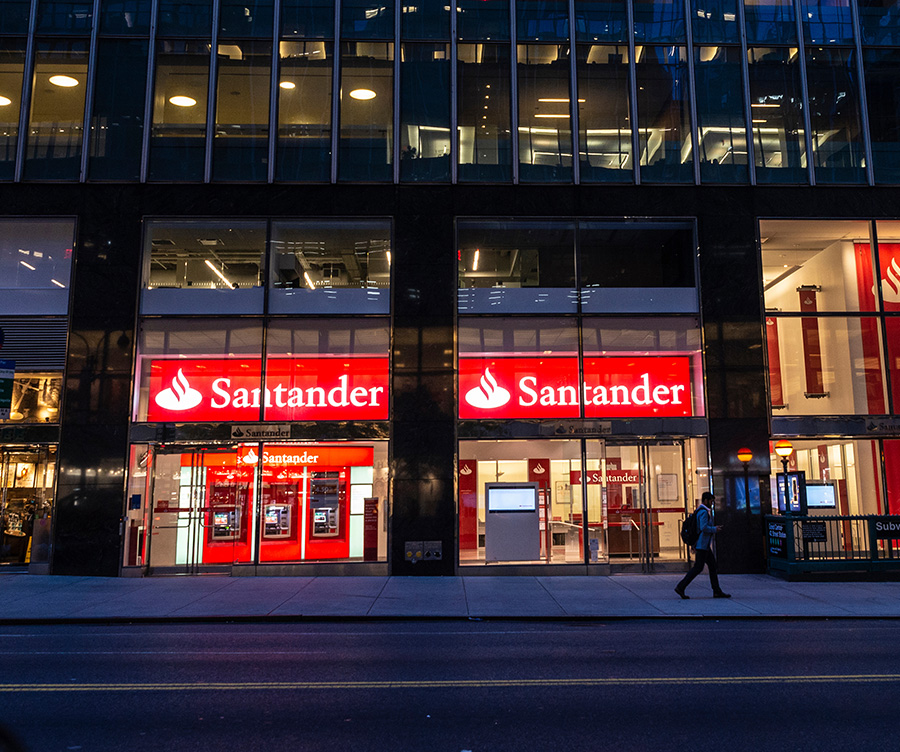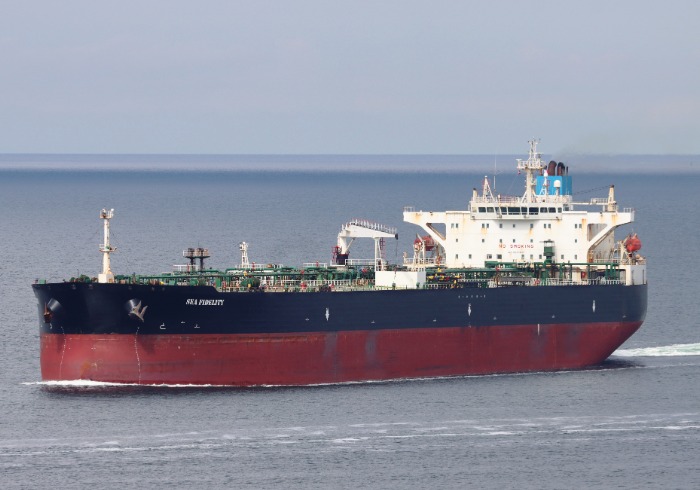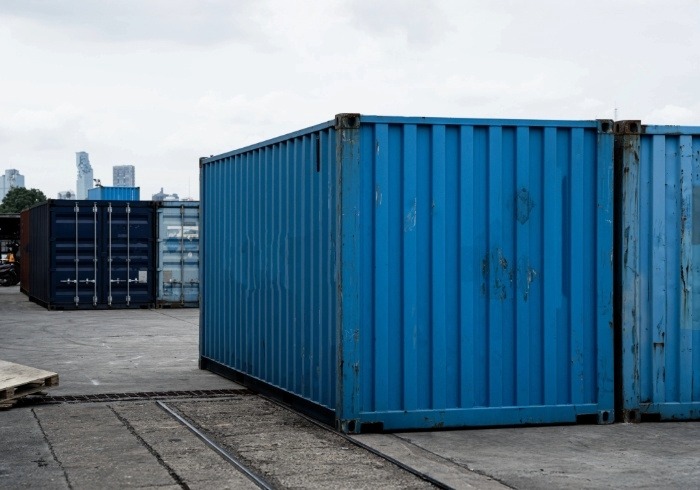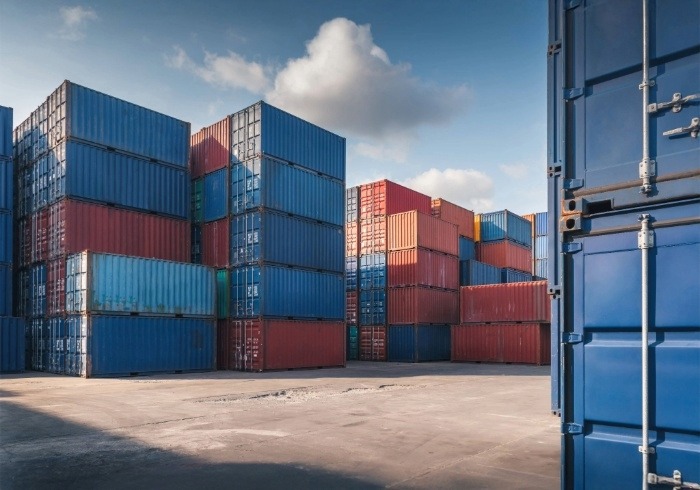Resilient demand from multinationals and a focus on short-term assets should help Santander’s trade finance fund weather a global trade war triggered by US tariffs, the fund’s leader says.
US President Donald Trump sent shockwaves through global trade last week with a barrage of tariffs on key trading partners, on top of existing duties on Canada and Mexico.
Bertrand de Comminges, who oversees the Trade Finance Real Economy Fund I managed by Santander Alternative Investments, says there is an “overall market consensus that these new tariffs, if they finally come into fruition, are a real risk for global economic growth and all economic players will be impacted either in their supply chains, their access to sources of capital and liquidity, or both”.
Earlier this year, when tariffs had only been imposed on Canada, China and Mexico, the fund exited an investment in a company “particularly” hit by levies on US imports.
“If a company deteriorates significantly and suffers an internal or external downgrade, we reserve the right to communicate the unwinding of our position immediately,” de Comminges tells GTR.
“The beauty of trade finance, in many respects, for most of the asset classes, is its uncommitted, short-term nature. It allows you to react very quickly,” he says, adding the fund has also made investments where underlying borrowers stand to benefit from shifting trade flows.
“We are worried about [the tariffs],” he says. “But at the end of the day, who are we funding? We are funding the supply chains of the top multinationals in the world. If there is a big crisis, they may reduce their sales and manufacturing, but they still need to finance several billion dollars of assets every month to keep their business model in place.”
Santander said last month the fund had hit €1bn in inflows since its launch in June 2021, and invested over €5.1bn.
Santander’s fund has two strategies: the first invests in risk participations on “high quality” programmes that partner banks have originated with large-cap investment-grade borrowers, and the second invests in SME lending portfolios held by non-bank financial institutions.
Investments in the first strategy have an average tenor of 25 days, with those in the second around 102.
While multinationals have a greater ability to adapt to the volatility, de Comminges says there has been a “significant jump” in funding costs for SMEs and high-yield borrowers, which are more vulnerable to uncertainty.
“This is a time to keep a cool mind,” he cautions. “Once a clear picture emerges and the end game settles, we´ll take longer-term decisions on our portfolio; albeit not losing the opportunity to react quickly.”
Currently, the large-cap strategy delivers net returns of Euribor plus 77 basis points to investors, with weekly liquidity, de Comminges says, while the SME strategy provides a 5.85% profit.
The fund’s underlying investments span receivables finance, supply chain finance, pre-export facilities and other trade instruments.
Overcoming investor worries
Trade finance funds have sometimes struggled to win the confidence of investors that are concerned about fraud and credit risk in the sector, or are simply unfamiliar with the asset class.
Santander’s fund, as part of a large, global banking group, has advantages over the smaller outfits dotting the trade finance landscape. In the fund’s early phase, most of its investments were originated by Santander’s own trade finance team, according to a 2023 offering document.
For inflows, it also has easy access to the Spanish lender’s existing client base, such as corporations, family offices and institutional investors.
De Comminges, who left HSBC to launch the fund in 2021, says “probably the major challenge for trade finance funds” is that the performance indicators and metrics they use are less familiar to institutional investors and in the world of capital markets.
“Trade financiers use a completely different jargon than capital markets and asset managers,” he says. “So, making that transition and being able to explain in the right language with the right jargon, what you’re investing in, I believe is a significant part of the success.”
Potential investors, approached not long after a string of commodity trading fraud scandals that triggered losses at high-profile lenders, were cautious about the fraud risks in trade finance.
De Comminges says the fund tries to trim fraud risk through measures such as not financing commodities in transit, instead waiting until goods “touch the right harbour and they are actually on the balance sheet of the right entity”.
“Trade finance is a fantastic set of asset classes, and we cannot be tempted by short-term high returns. If someone is paying you 10% or 8% for a trade finance trade, you may wonder why. There is no such thing as well-structured, secure trade paying you 8% returns.”
De Comminges says that funds are a necessary alternative in the trade finance market to capital-restricted banks.
“In the past 12-14 years, big multinationals have kept growing, whilst the growth of the big banks that support these has been limited by regulation and other elements,” he says. “Therefore, a much more dynamic, proactive alternative for funding is required to support companies that operate in almost 200 countries.”








